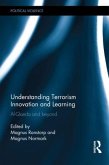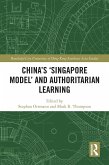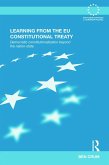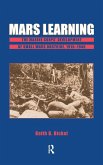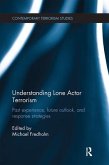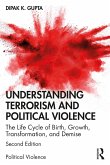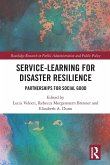This book examines the role of terrorist innovation and learning in theory and practice, and in the context of three specific EU case-studies. It is often said that terrorist groups are relatively conservative in character operating in a technological vacuum - relying almost exclusively on bombs and bullets. This observation masks increasing complexity and creativity and innovation within terrorist groups and one of the most distinguishing features of al-Qaeda's terrorist operations is its propensity for remarkable innovation. This book examines how and why terrorist groups innovate more generally and al-Qaeda-related terrorist plots in Europe more specifically. The starting point for this book was twofold. Firstly to examine the issue of innovation and learning more generically both in theory, within specific themes and within the context of al-Qaeda's influence on this process. Secondly, this book examines the evolution of specific al-Qaeda-related plots in three specific northern EU states - the United Kingdom, Denmark and Germany - where there has been a significant volume of planned, failed and executed terrorist plots. In particular, these case studies explore signs of innovation and learning. This book will be of much interest to students of terrorism and counter-terrorism, political violence, security studies and IR in general.
Hinweis: Dieser Artikel kann nur an eine deutsche Lieferadresse ausgeliefert werden.
Hinweis: Dieser Artikel kann nur an eine deutsche Lieferadresse ausgeliefert werden.


